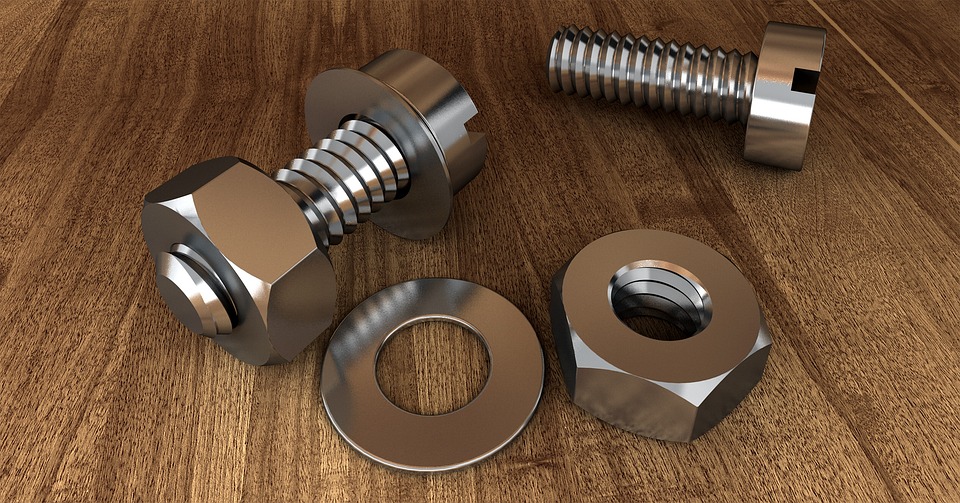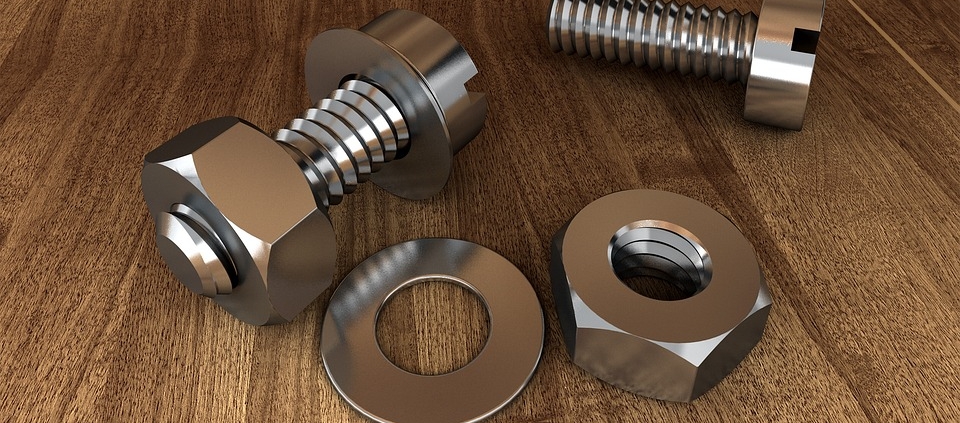Reliable Ball Joints to Improve Suspension and Steering
When it comes to vehicle suspension systems, the ball joint plays a crucial yet often overlooked role. These small but vital components serve as the connection between your car’s suspension and steering system, helping to ensure smooth handling, safe driving, and overall performance. In this article, we’ll explore the importance of ball joints, how they function, and why their maintenance is essential for your vehicle’s longevity and safety.
Understanding the Function of Ball Joints
At their core, ball joints are spherical bearings that connect the control arms to the steering knuckles. They allow the suspension components to move vertically, while also enabling the steering system to pivot. This design is vital for the proper function of your vehicle’s suspension system, as it ensures that the wheels can move up and down as needed while maintaining proper alignment with the steering mechanism.
There are two main types of ball joints: upper and lower. The upper ball joint connects the upper control arm to the steering knuckle, while the lower ball joint connects the lower control arm to the steering knuckle. Both types work in tandem to support the weight of the vehicle, absorb road shocks, and ensure smooth steering.
Without properly functioning ball joints, your vehicle’s suspension and steering system would not work effectively. You’d experience poor handling, increased tire wear, and potentially dangerous driving conditions. In short, ball joints are vital to your vehicle’s ability to navigate the road safely.
Signs That Your Ball Joints Need Attention
Ball joints don’t last forever. Over time, they can wear out due to constant movement and exposure to road conditions. Some common signs of worn-out ball joints include:
- Clunking or popping sounds: If you hear unusual sounds when driving over bumps or making turns, it could be a sign that your ball joints are worn and need replacement.
- Steering issues: A loose or unresponsive steering wheel can indicate problems with the ball joints. If you feel your car swaying or pulling to one side, it’s time to have them checked.
- Uneven tire wear: Ball joints that have worn out can cause improper alignment, leading to uneven tire wear. If your tires are wearing down unevenly or excessively, the problem might lie in the ball joints.
- Vibration: If you feel unusual vibrations or shaking while driving, particularly when going over bumps, it may indicate that the ball joints are damaged.
If you notice any of these signs, it’s essential to have your ball joints inspected by a qualified mechanic to prevent further damage to your suspension and steering system.
The Importance of Regular Maintenance and Replacement
Regular inspection and maintenance of ball joints are crucial to maintaining the safety and performance of your vehicle. As with any suspension component, the longer a ball joint goes without proper maintenance, the more likely it is to fail. Since ball joints are integral to your vehicle’s handling and steering, failure to replace worn-out joints can result in significant damage to other suspension components, including the control arms, steering rack, and even the tires.
The replacement of ball joints is an important aspect of vehicle upkeep. A mechanic can typically replace a worn ball joint in a few hours, depending on the make and model of the vehicle. It’s also essential to choose high-quality, durable ball joints for replacement to ensure the long-term performance and safety of your vehicle.
How Ball Joints Affect Vehicle Handling and Safety
One of the primary functions of ball joints is to maintain proper alignment between the steering system and the wheels. When the ball joints are in good condition, your vehicle will handle well, providing a smooth and responsive driving experience. However, when they wear out, it can lead to poor handling, misalignment, and excessive tire wear. This compromises the vehicle’s safety and performance, as it becomes harder to maintain control, especially when navigating sharp turns or rough terrain.
Worn-out ball joints can also cause your vehicle to pull to one side while driving, making it difficult to maintain a straight line. This is not only annoying, but it can also be dangerous, especially at high speeds or in bad weather conditions. Furthermore, a vehicle with bad ball joints is more likely to experience steering wheel vibrations, making it uncomfortable and potentially hazardous to drive.
Choosing the Right Ball Joints for Your Vehicle
When it comes to replacing ball joints, it’s important to choose high-quality parts that are compatible with your vehicle’s make and model. Opting for cheap or inferior parts may save you money in the short term, but it can lead to more frequent replacements and, ultimately, more costly repairs.
High-quality ball joints are designed to withstand the rigors of daily driving, ensuring a longer lifespan and better overall performance. They are typically made of durable materials such as forged steel and are equipped with grease fittings to keep them lubricated and functioning smoothly. Additionally, some manufacturers offer ball joints with a more advanced design, featuring sealed lubrication to prevent dirt and moisture from entering and causing damage.
Consulting with a trusted mechanic or parts supplier can help you select the right ball joints for your vehicle. A professional will ensure that the ball joints are properly installed and that they meet the specifications needed for your car’s suspension and steering system.

Conclusion
Ball joints are an essential component of your vehicle’s suspension and steering system. They play a vital role in ensuring smooth handling, proper alignment, and overall safety while driving. Regular inspection and maintenance are crucial to avoid potential issues, and replacing worn-out ball joints promptly can prevent further damage to other suspension components.
If you notice any signs of wear or discomfort in your vehicle’s handling, don’t hesitate to have your ball joints checked by a professional. Maintaining high-quality, durable ball joints will help keep your vehicle running smoothly, improve your driving experience, and ensure your safety on the road. By paying attention to the health of your ball joints, you’re investing in the long-term performance and reliability of your vehicle.



Leave a Reply
Want to join the discussion?Feel free to contribute!